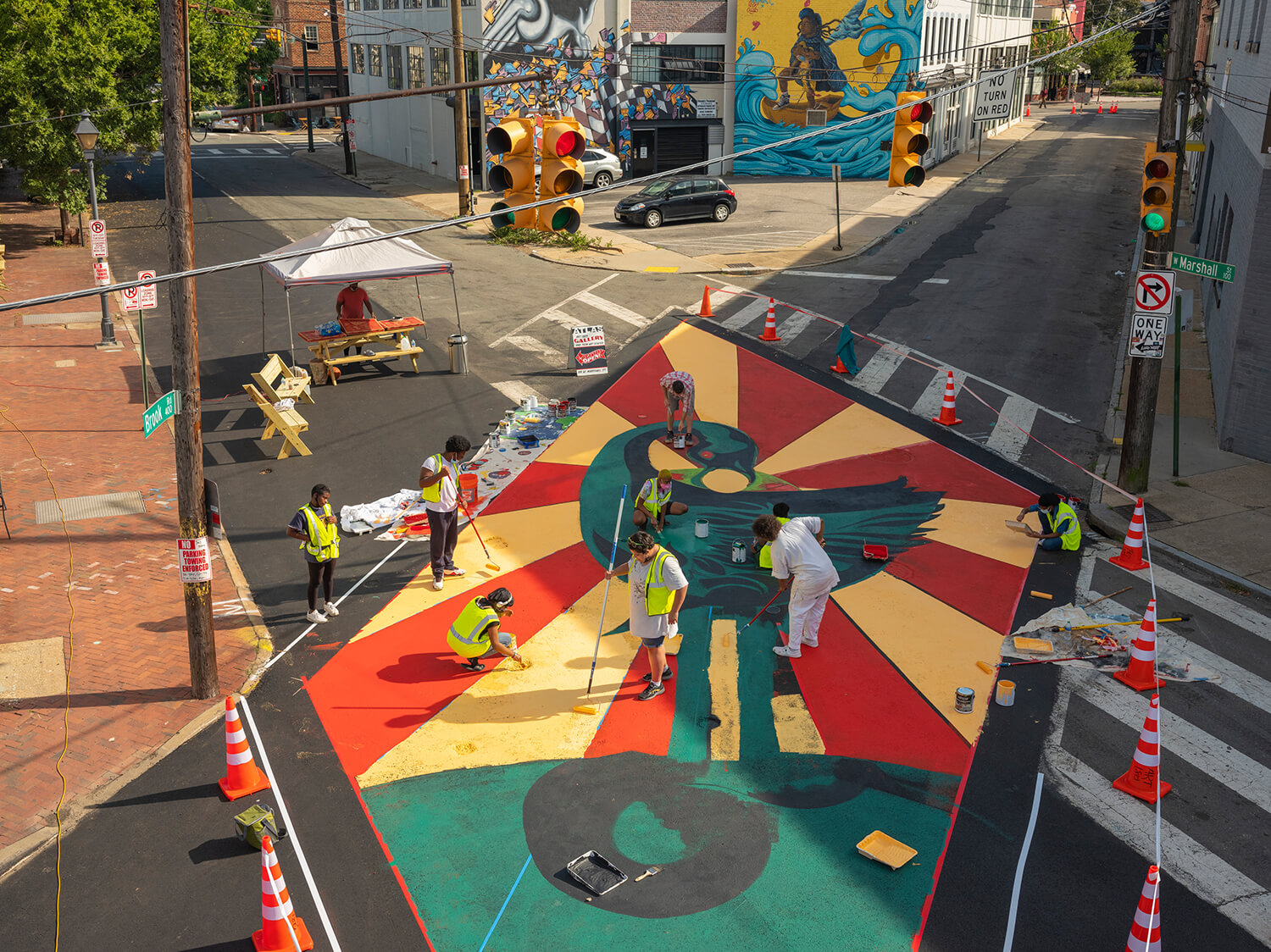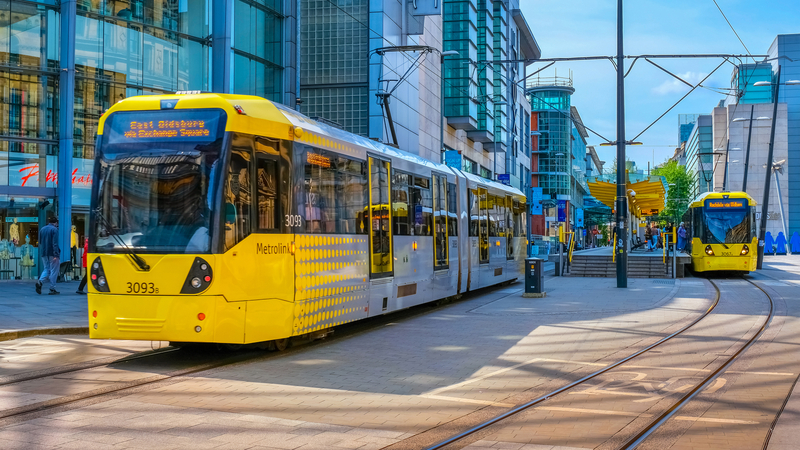
Photo: Chris Visions/Bloomberg
Louisville invites artists to create safer streets
14 February 2023
by Christopher Carey
The US city of Louisville, Kentucky has launched a pilot project inviting local artists to help make its intersections safer.
Inspired by a study that found a 50 percent drop in crashes involving pedestrians or cyclists where asphalt art is installed, Louisville Metro’s Community Crosswalks programme will create vibrant pedestrian crossings that showcase the city’s art and cultural scene while improving safety conditions for residents.
The Office of Advanced Planning and Office of Arts & Creative Industries is behind the initiative, which will see installations at four junctions in downtown Louisville in April 2023.
“This is an exciting opportunity to incorporate public art into our everyday lives and bolster safety for pedestrians,” said Louisville Mayor Craig Greenberg.
“The next phase of this programme will offer neighbourhood associations, community organisations and local businesses a chance to support Louisville’s creative communities and neighbourhoods.”
Each design selected will receive US$8,000 from the city, to be disbursed in two instalments: US$4,000 upon selection, and US$4,000 upon project completion.
Preference will be given to artists based in Louisville, and to artists of colour.
If the pilot phase is successful, the Community Crosswalks programme will be expanded to community groups and local businesses that wish to brighten up their neighbourhoods and create safe, walkable spaces.
Asphalt art
Several US cities – including Baltimore, Denver and Detroit – have taken part in Bloomberg Philanthropies’ Asphalt Art Initiative, which was designed to breathe new life into city streets through colour and creativity.
Last year Bloomberg released its Asphalt Art Safety Study which revealed a 37 percent drop in crashes leading to injuries where asphalt art was installed.
The first part of the study analysed crash history at 17 asphalt art sites across the US that have been in place for at least two years and found a dramatic reduction in motor vehicle crash rates after the projects were installed, including a 50 percent drop in crashes involving pedestrians or cyclists.
The second part of the study, which looked at real-time driver and pedestrian behaviour using video footage of five recent installations, found a 27 percent increase in the rate of drivers yielding to pedestrians with the right-of-way, as well as a 25 percent drop in potentially dangerous conflicts between drivers and pedestrians.
Image: Chris Visions/Bloomberg









